Scala
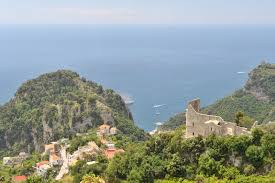
A tiny, charming village a stone's throw away from Ravello, Scala was the first inhabited center of the entire Amalfi Coast since Roman times, around the 4th century. Breathtaking views and the lush and sumptuous flora make an impressive background for historical monuments, typical piazzas and a vast heritage, deeply rooted in History. A place where to regenerate both your body and your soul; with its many churches, basilicas and noble villas. Just to mention a few: The imposing Cathedral dedicated to Saint Lorenzo, where one can finds the bishops' Miter, studded with precious stones, donated by King Carlo d'Angiò, after he defeated the Saracens. Scala is that village where you can enjoy good food in the family run restaurants scattered along its narrow streets and where you can reconnect with nature following the several paths that descend to the sea.
Ravello
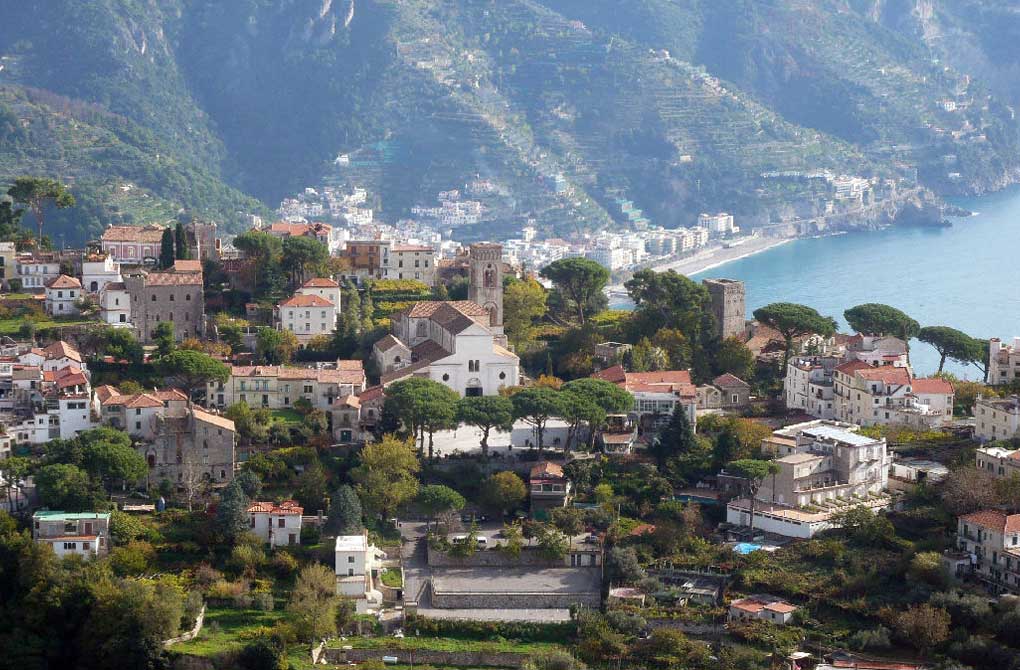
At 350 m above sea level, where the sea meets the chestnut woods of Scala and Tramonti, this was a favoured destination for the nobles and wealthy merchants of Amalfi seeking repose, along with heads of state, churchmen, intellectuals, artists, poets, writers, and painters seeking inspiration. Ravello was the inspiration for Klingsor’s magic garden from Wagner’s Parsifal. The meeting of an English lord and a Ravello tailor led to the creation of one of the marvels of the entire coast, the cliff-top Villa Cimbrone, with its terrace that drops away to the sea. Ravello’s piazza is overlooked by the San Pantaleone cathedral, home to the relics of the saint. Villa Rufolo was built in 1280 by the Ravello family of the same name. The Rufolo family were bankers for King Charles of Anjou. The villa hosts summer concerts as part of the Ravello Festival.
Atrani
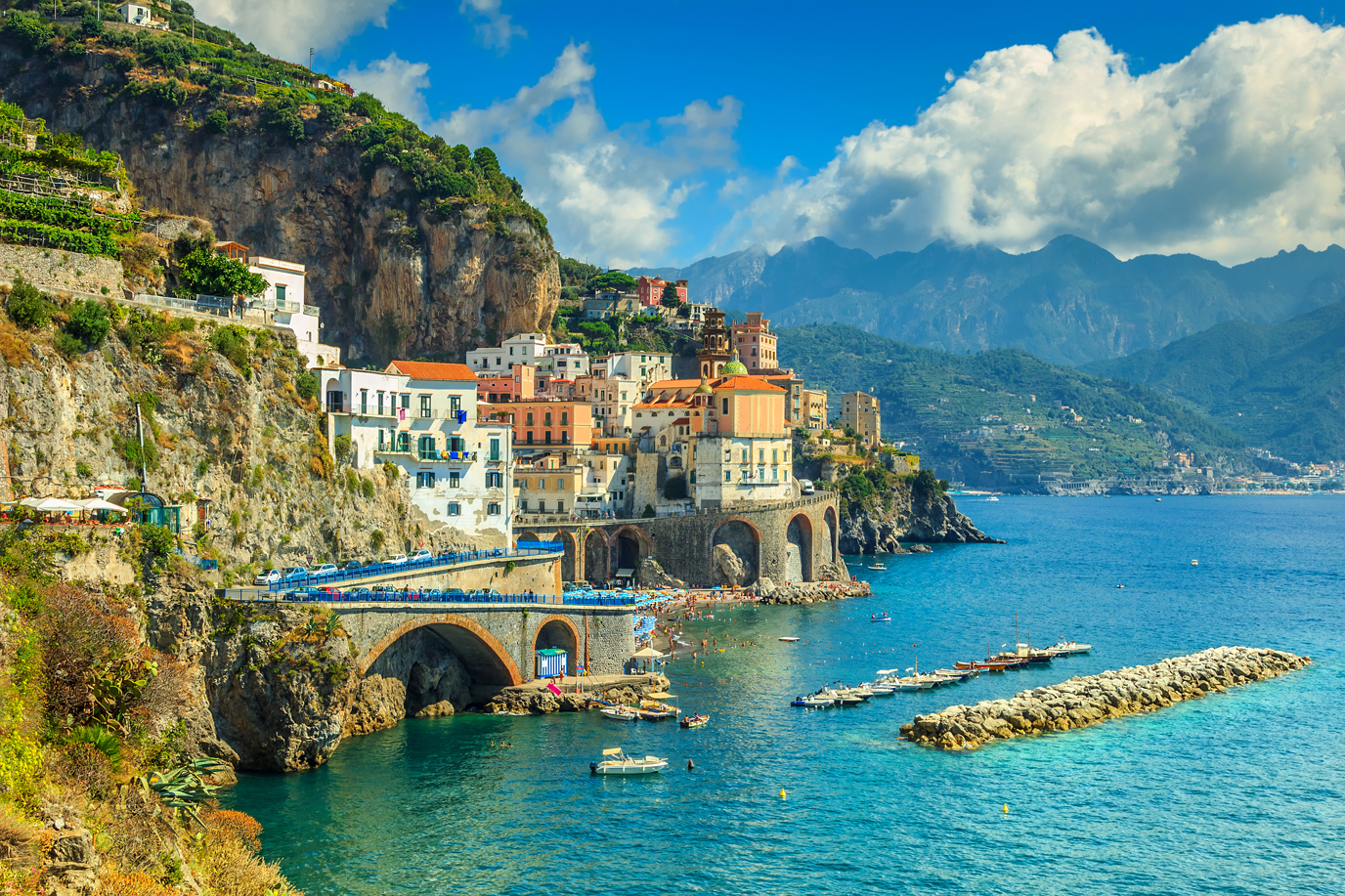
This is one of Italy’s smallest municipalities, where just 850 inhabitants live in an area of 0.12 square kilometres. It is very easly riched from Scala walking true streets and footpaths. The picturesque village is nestled between the Civita mountains to the east and Mount Aureo to the west, in the valley of the Dragone river, which takes its name from the fire-breathing dragon that, legend has it, lives in the area. The town has maintained its traditional medieval layout. The small San Salvatore piazza with its stone fountain is the village’s principal meeting point, and the perfect spot to appreciate the tranquillity of the village. The village was originally home to the aristocracy of the Maritime Republic.
Amalfi
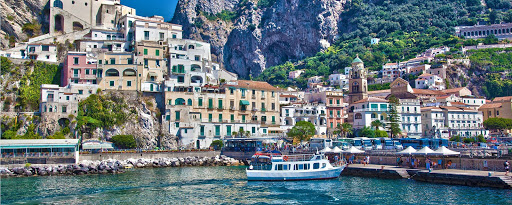
The heart of the coast, and a UNESCO World Heritage Site since 1997. Amalfi dates back to the 4th century AD, when Roman refugees settled here. It reached its apex in 839 AD, when it declared its independence from the Byzantine Duchy of Naples, and became the first Maritime Republic in Italy. For centuries it was the only link between Europe and the whole of the Byzantine Levant. The first code of maritime laws, the Amalfian Laws, were compiled here, and remained in force until the 16th century. Amalfi also pioneered the use of the compass, and circulated its own currency, the “tarì”. Amalfi’s unique charm has always attracted artists, writers, painters, directors, and even one of the twelve apostles, saint Andrew, who has a 10th century cathedral dedicated to his honour, where his relics are housed in the crypt. where the Canneto river runs through the lush Valle Delle Mulini water-powered paper mills transform rags into precious paper. Suggestive events that revive hi life are: the historical Regatta, every 4 years, Capodanno Bizantino where the investiture of the Magister takes place.
Conca dei Marini
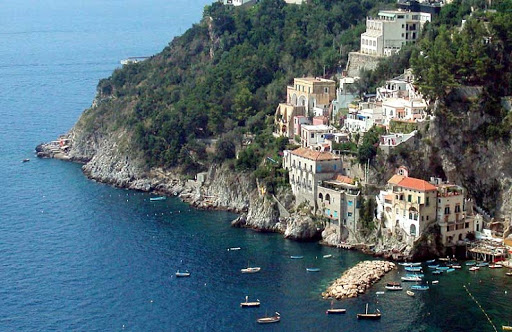
Conca dei Marini is immersed in a wonderful garden among olive, lemon and carob trees, inserted in a panoramic glimpse of suggestive beauty. The magnificent bay characterized by dense blue sea counted in the sixties-seventies among its most loyal regulars Carlo Ponti and Sofia Loren (their villa is among the most beautiful of the entire coast), Agnelli Family, Moet et Chandon, Jakeline Kennedy and the princesses of Holland and England. It has historically been linked to Amalfi; it was in fact part of the territory of the Maritime Republic and constituted one of the main mooring points, having a well-protected port. Not to be missed are its beaches and the Emerald Grotto.
Praiano

This small fishing village is distinguished by its churches, with their majolica tile decorations, and the scattering of houses cascading down to the sea. The small Marina Di Praia beach is a highlight. A path cuts through the rock leading from the beach to one of the most beautiful nightclubs in the world, the Africana, in a natural grotto by the sea, a favourite spot for local nightlife. Visit the San Luca Evangelista church, which houses a relic of the saint and 16th century paintings, and the Di San Gerardo church, an ancient church that was restored in 1602 and decorated with multi-coloured tiles, with its bell tower and majolica tiled dome.
Positano
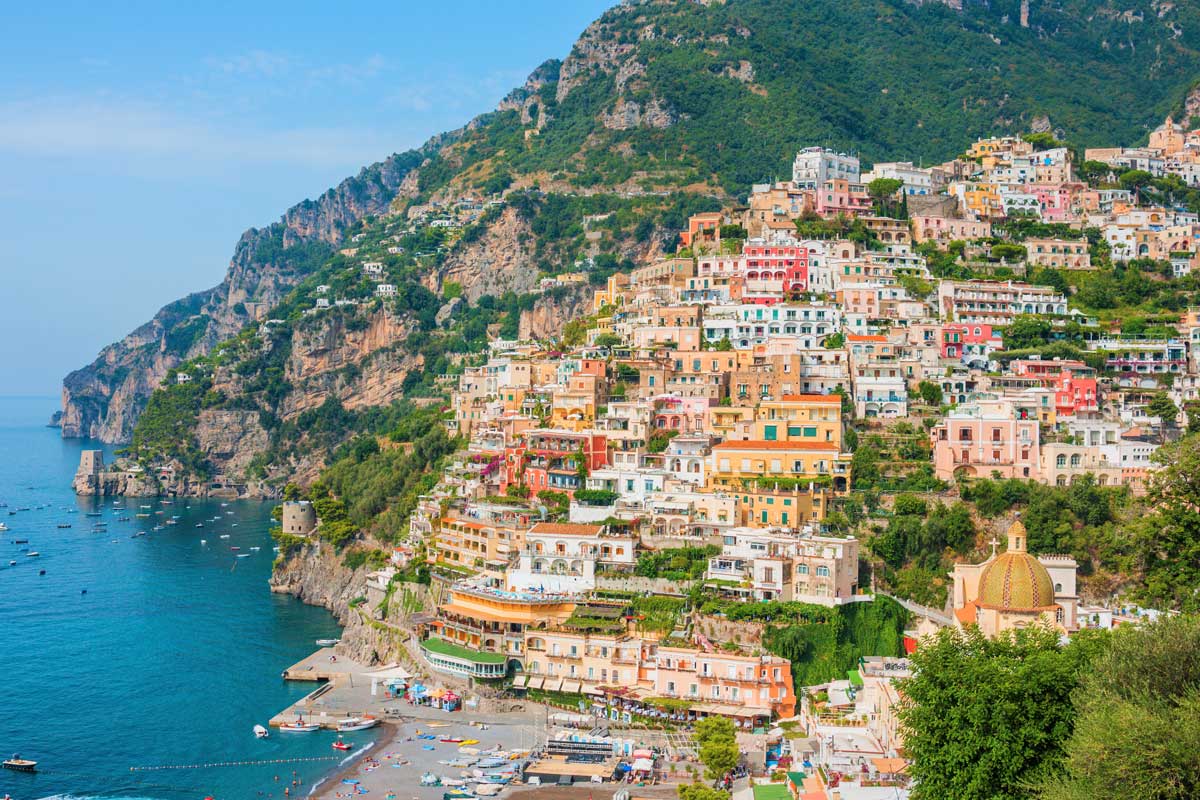
Founded by the Greeks and inhabited by the Romans, Positano followed the fate of the Maritime Republic of Amalfi. It was a destination for actors and artists, from director Zeffirelli to Nureyef (owner of one of the islands of the Li Galli archipelago located in front of the village), from De Sica to Sophia Loren. The typical "Positano fashion" was born in the 1960s, enchanting Italy and the world. It was in one of these very shops that the bikini swimsuit was born, in 1959. We talk about tailoring workshops where very capable artisans are able to transform ancient tea towels into cover-ups, sarongs, beachwear, and build a very wealthy industry. For those who love nature, Positano is an ideal starting point for walk along the World famous “Path of the Gods”, one of the most scenic hiking path of the entire Amalfi Coast and the Santa Maria del Castello natural preserved area.
Capri
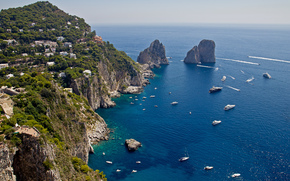
The beautiful island of Capri is a magical place that is a destination for travelers, intellectuals and entertainment stars from all over the world. Among the first to be enchanted was the Roman emperor Tiberius who "self-exiled" on the island. In the 1950s the island became the place of the summer "turtleneck" and attracted characters from the world jet set. Among all, Jacqueline Kennedy who imposed her style by introducing the fashion of walking barefoot. But this fantastic island is famous above all for its natural beauty, its millenary history, the mild climate, the bright landscape, the enchanting walks. In the cobalt blue of its sea, there is a succession of caves and grottos - there are 65 of them - and stacks. Not to be missed is the Blue Grotto, 60 meters long, whose name derives from the magnificent color of the seabed which is reflected throughout the cave.
Furore
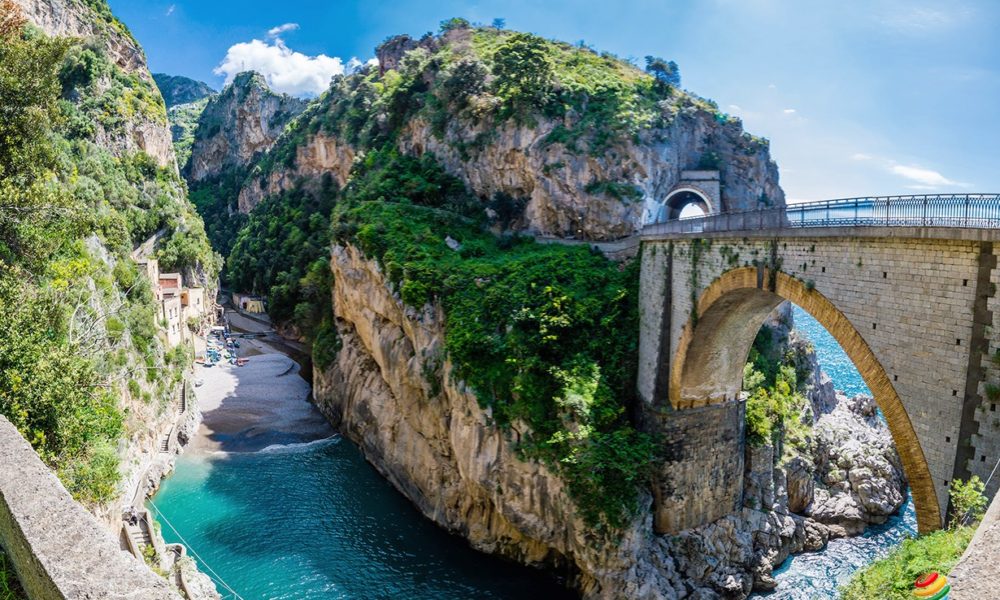
Furore takes its name from the particular fury with which the sea batters the coast during storms, and from the deafening, terrifying roar of the waves against the cliffs and in the fjord. Escaping Romans took refuge in these mountains, and founded the first settlements. Furore has remained, owing to its particular topology, an unassailable stronghold, even during the times of the Saracen raids. The fjord makes for a natural port, where trade flourished, encouraging the growth of the burgeoning paper industry and agriculture: the waters of the Schiato river powered paper and grain mills as they descended from the Lattari mountains.
Tramonti
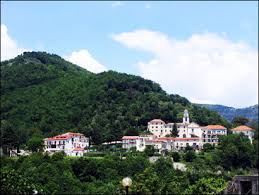
Deviating from the coastal road, along a panoramic ascent and culminating on the Valico di Chiunzi, you reach the mountain village of Tramonti, called “the green lung on the Amalfi Coast”. The farming traditions makes this area the most authentic interpreter of the traditions on the Amalfi Coast from the presence of ancient cheese makers producing dairy products to the amazing vineyards, proud guardians of fine grapes as Biancolella, Tintore, Piedi Rosso and Falanghina and local small shops where even today the basket producers work the wooden strips keeping alive the ancient craft. The villages preserve a flourishing religious architecture. Very evocative are the Summer events: La festa della Montagna every year in July and “Fairtale village” for children and adults in August.
Minori
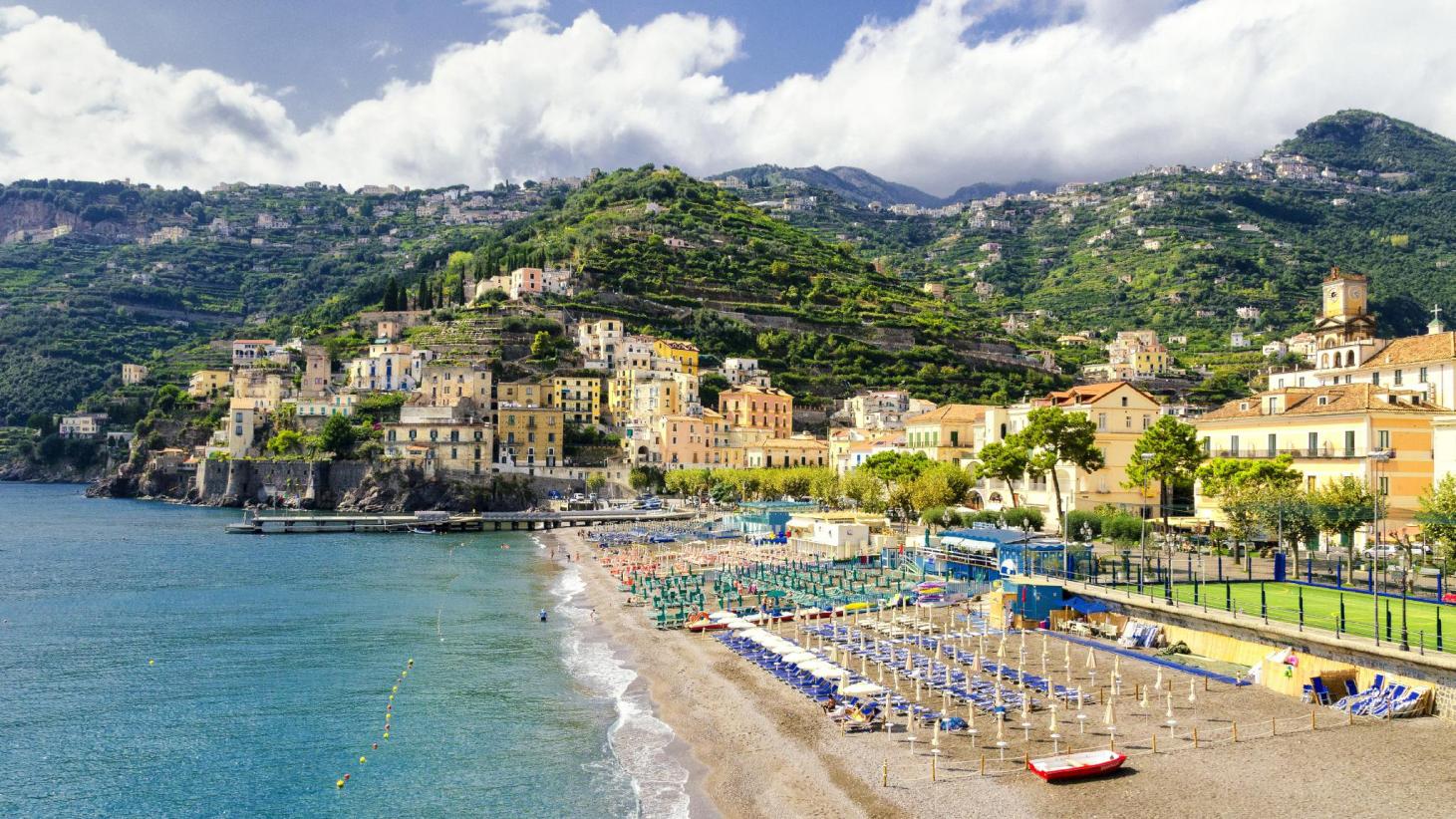
Along the cliff top above the sea, walking through lemon gardens and fascinated rocks we rich Minori. It was a popular destination for Roman patricians from the 1st century AD, as testified by the ancient maritime villa. Minori was famous in the early 19th century for the production of hand-made pasta, particularly for the local ndunderi pasta, and the tradition continues to this day, thanks to a handful of excellent pasta masters. It is particularly indicated for families with children with the easy possibility of car park and close to the beach. It is a succession of shops and family activities, where welness centers and pastry chefs make the difference in a relaxing day enjoyng great food.
Maiori
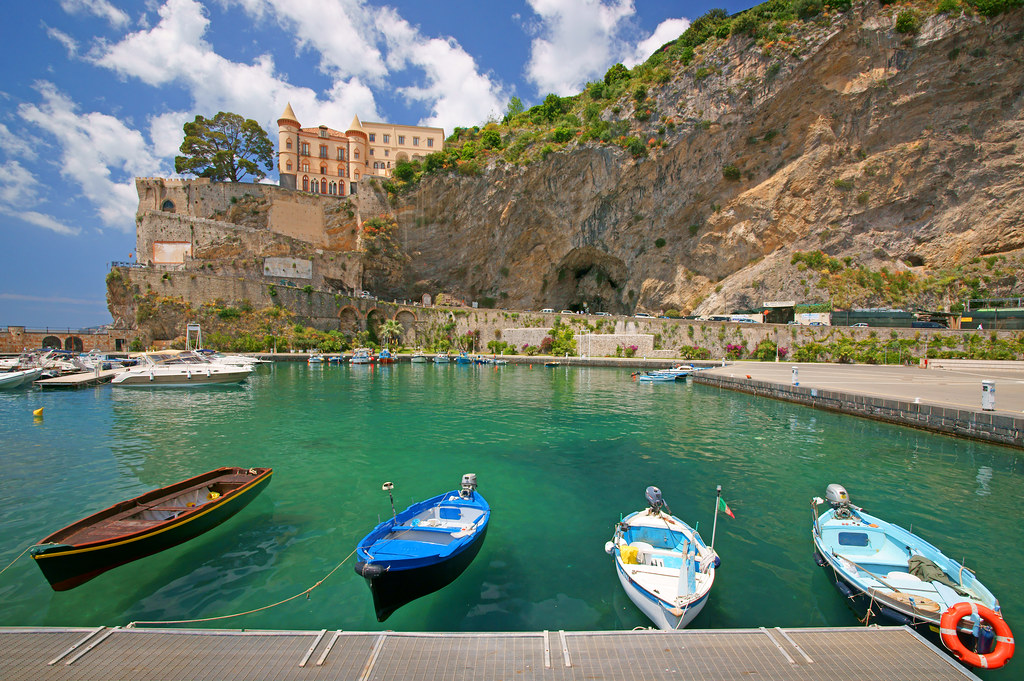
The town of Maiori boasts the longest beach on the coast. It was the seat of the Customs of the Admiralty. Today, the main street is a pedestrian area and popular shopping destination. The magnificent fortified citadel of San Nicola De Thoro Plano rises up behind the town. The citadel is capable of housing one thousand people. It is currently privately owned, but it is open to visitors. Visit the Santa Maria De Olearia Abbey, also known as the catacombs, made up of three places of worship. By boat, can not be missed a visit to the Annunziata Grotto, the Acqua Sulfurea Grotto, the Pannona Grotto with its multi-coloured stalactites and stalagmites.
Cetara
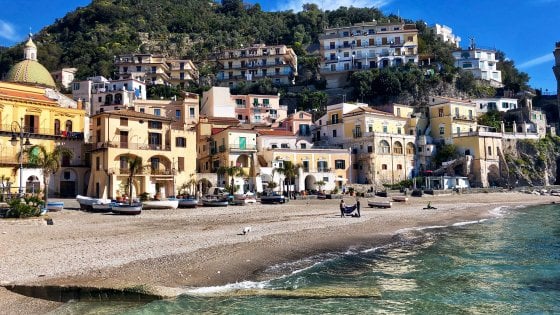
The village derives its name from cetarius, or tuna. It is home to the last active tuna fishing fleet on the coast. The catch is processed in local family-run artisan workshops. This is a great town for gourmands, with wonderful restaurants. The local speciality, the very particular colatura anchovy sauce, was invented by chance by local monks, and bears the Slow Food designation, recognised by the Ministry of Agriculture. This amber liquid is a by-product of the anchovy drying process, and is used in all the quality restaurants. Explore the town by following the road down towards the beach, and marvel at the wonderful arabesque town layout.
Vietri Sul Mare
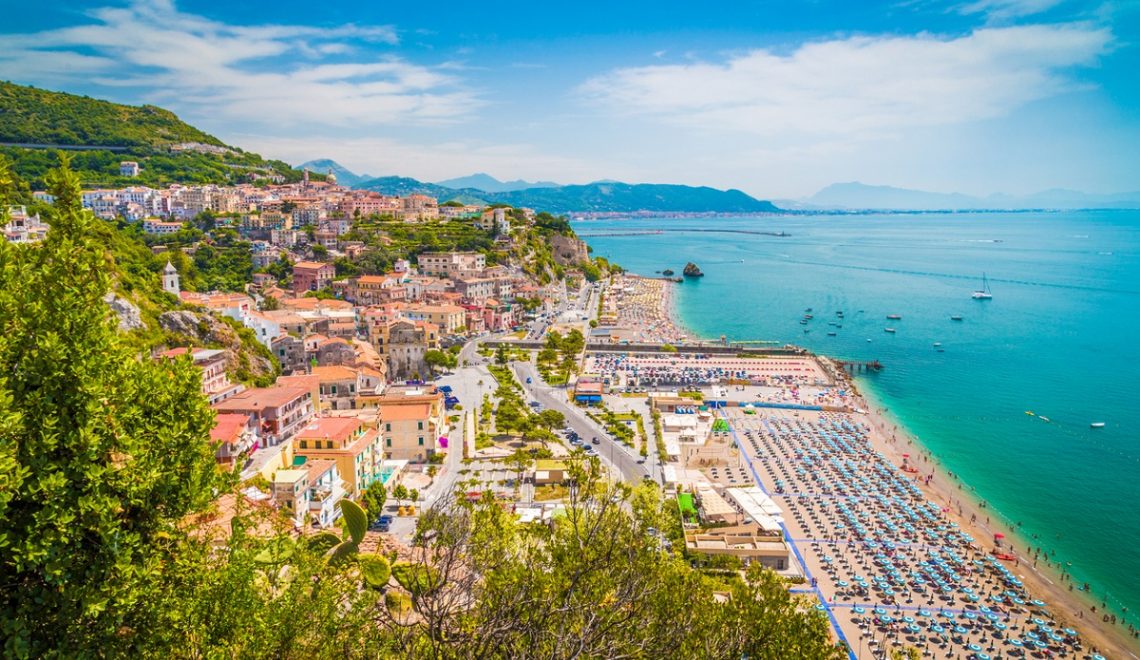
Vietri is the capital of ceramics, with dozens of workshops and studios, including the impressive Ceramica Solimene, designed by the architect Paolo Soleri and inspired by New York’s Guggenheim Museum. This is one of southern Italy’s oldest and most prestigious ceramics workshops. The facade is entirely covered in cylindrical tubular terracotta in brick-red and green. The craft of ceramics dates back to ancient times, and has been perfected over the centuries to today’s manufacturing of objects that are works of art, appreciated as such all over the world. Lookout towers survey the beaches and the coast, and they are joined in their task by the “two brothers”, two large rock formations, similar to Capri’s famous Faraglioni stacks.